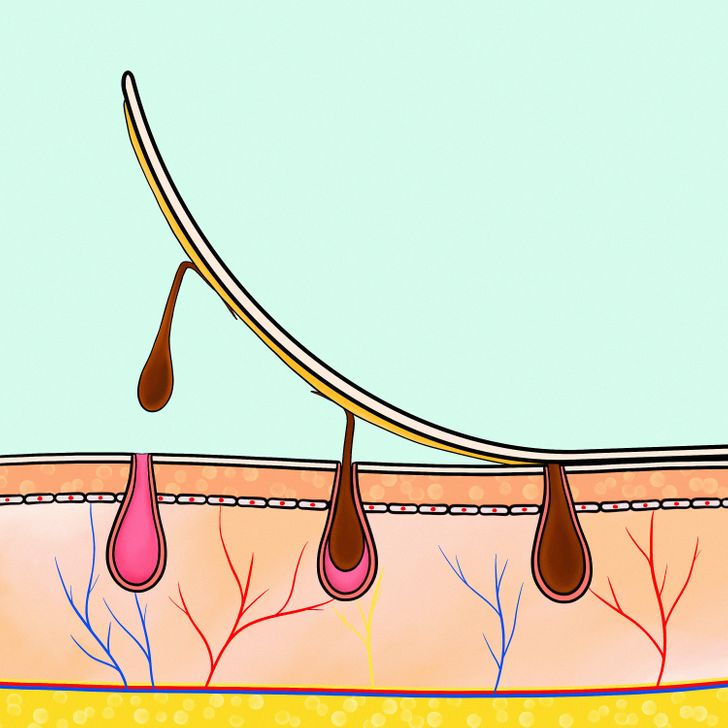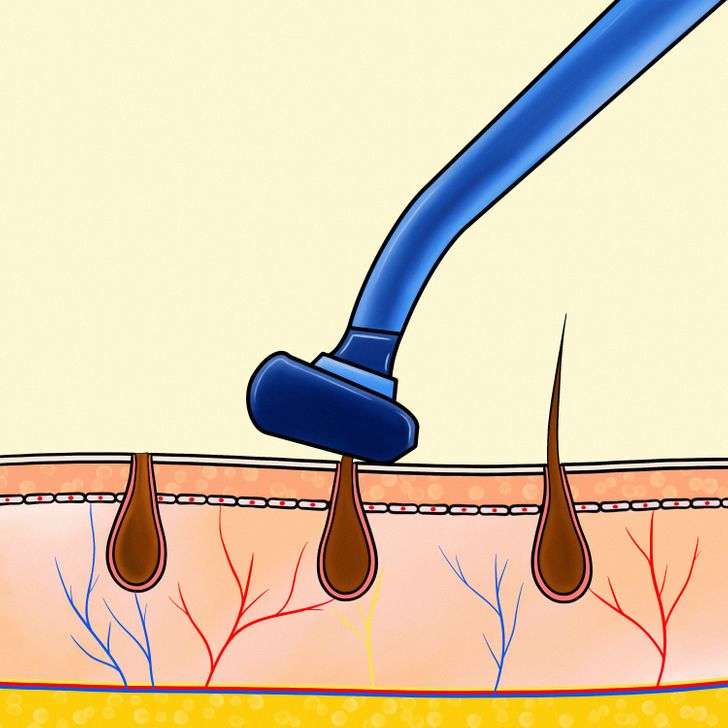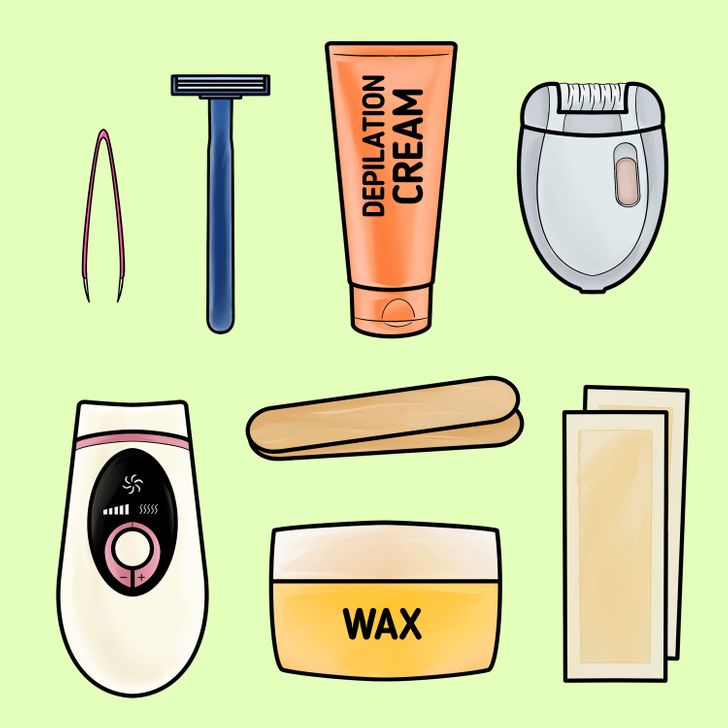The Difference Between Epilation and Depilation
It might seem like the words “epilation” and “depilation” mean the same thing: the removal of unwanted body hair. At first glance, this is true. However, the 2 terms imply fundamentally different procedures.
Today, 5-Minute Crafts is explaining the difference between epilation and depilation, and we’ll reveal what methods of hair removal are used in different situations.
What is epilation?

Epilation means removing hair along with the roots. This is done either physically (like with tweezers or by means of wax), or by destroying the hair follicles with a laser or electricity.
The methods of epilation include:
- Waxing
- Sugaring (removing the hair with sugar paste)
- Removing the hair by means of tweezers
- The use of mechanical devices called epilators
- Threading (getting rid of hair using a twisted thread)
- Applying intense pulsed light
- Laser epilation
- Electrology (removing the hair using electricity)
What is depilation?

Depilation implies removing the hair from the surface of the skin. The hair’s roots (hair follicles) remain undamaged.
The methods of depilation include:
- Shaving (manually or by means of electric shavers)
- Cutting and trimming hair using a trimmer
- Chemical depilation using cosmetic products (when applied to the skin, they break the disulfide bonds of the protein chains that give the hair strength; and after that, the hair can simply be wiped away with a napkin)
When epilation or depilation is better

The main advantage of epilation is a longer-lasting result. However, epilation procedures always cause discomfort and often lead to serious pain. In this regard, depilation is a more gentle option, but unwanted hair regrows much faster.
In general, when choosing a method of hair removal, you should consider the following:
- Your individual pain threshold (it can be high or low)
- Your preferences and expectations
- The area of the body intended for hair removal
- Your skin type (level of skin sensitivity)
- The type of hair (soft or rigid, thick or thin)
- Medical conditions
- The convenience of the procedure
It’s better to consult a professional before making a decision. A specialist will determine the appropriate method of hair removal and warn you about possible side effects.